I was never such a prolific user of Instagram. That was until I moved to Orvieto, in the central Umbria region, in early November.
Ever since, I can’t seem to get over the compulsion to take lots of photos, whether it be of the town’s majestic Duomo, a cup of coffee, or exactly the same view along the hike I’ve been doing most mornings.
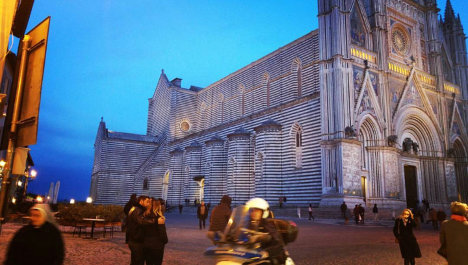
Orvieto's Duomo.
The move from Rome to this medieval hilltop beauty was only intended to be a temporary, practical measure: a way to pay less rent while trying to get going in the precarious world of freelance journalism.
But two months turned into five, and no doubt much to chagrin of my few, but loyal, Instagram followers, I’ve decided to stay on a bit longer.
Other than the town being extremely photogenic, here are a few more reasons why I won’t be returning to Rome just yet.
I feel much healthier
For a start, the air is much cleaner.
Orvieto is split in two – an old town perched on a cliff of volcanic rock which is accessible by car or funicular, and the not as pleasant ‘new’ Orvieto down below, where the train station is.
I live in old Orvieto. I try and get up early each morning to do the Anello della Rupe, or Ring of the Rock, an invigorating hiking trail which takes you around the entire town.
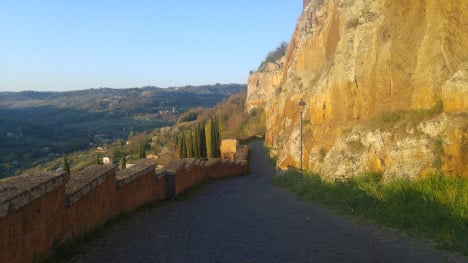
Anello della Rupe.
There are some interesting sights along the way, such as the 16th century Chiesa del Crocefisso del Tufo, a tiny chapel carved into the rock. Or you can just take a deep breath, and enjoy the fresh air and views over the Umbrian countryside.
If you’re not a morning person, then a stroll around the town’s lamp-lit streets at night is equally as good for the calf muscles, and enjoyable. Who needs the gym?
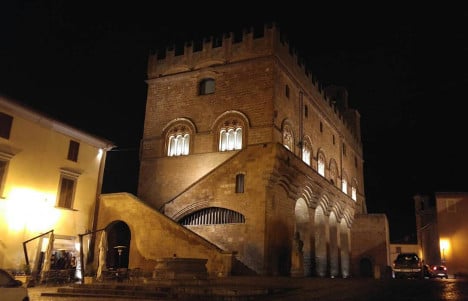
The Palazzo del Popolo.
It’s much cheaper to live than in Rome
You can find a studio to rent for as little as €350 a month, or a one or two bed from around €500. By shopping at the market, which takes place every Thursday and Saturday, I’m also saving money on food and eating better.
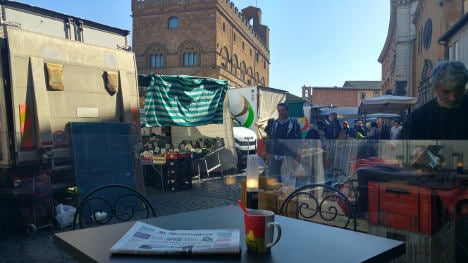
The market comes to Orvieto's Piazza del Popolo every Thursday and Saturday.
…but it’s an easy enough commute to the capital
The journey to Rome’s Termini, also stopping at Tiburtina, takes about 1hr 20mins, with prices starting from €7.80 one-way, although there are slightly faster trains costing around €15 one-way. The first train leaves Orvieto at 6.57am each day and the last leaves Rome at 11pm, although the funicular stops at 8.30pm, so it means either taking a taxi up to the Orvieto told town, unless you have a car. Florence can also be reached by train in just over two hours.
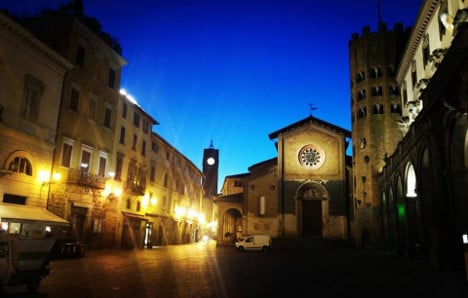
Rome's commutable but it might mean an early start…Piazza dell Repubblica at around 6.30am on a morning in February.
The locals make you feel at home
The beauty of a place can only sustain you for so long and while I tend to enjoy my own company, after a while you need to make connections. I had a small group of friends from within the town’s eclectic foreign community before coming to live in Orvieto, who have been a tremendous support and were the ones who orchestrated my move here, but the locals have been truly welcoming.
And to get to know Italians, usually the best place to begin is the bar: my favourite place to hang out is Capitano Del Popolo, a convivial bar and restaurant which faces the Palazzo Del Popolo, a 14th century palace.
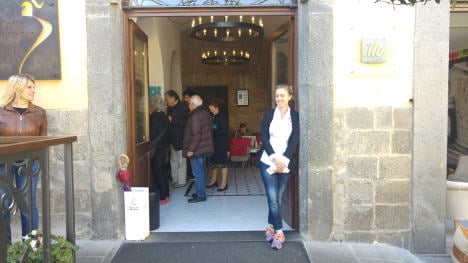
Valentina Santanicchio, outside Capitano Del Popolo.
I’ve spent hours exploiting their free WiFi on the comfort of their sofas, and in return have been made to feel at home.
The kindness of the staff, especially chef and owner Valentina Santanicchio, seems to know no bounds: when the WiFi went down at home on the day of the referendum in December – a Sunday – I spent 14 hours reporting on the day’s events from my Capitano ‘office’, which must have left me looking malnourished as Valentina kept subtly placing plates of food by my side. Weeks later I was gifted my own personal mug, a sign of being a fully-fledged local.
There are lots of things to do
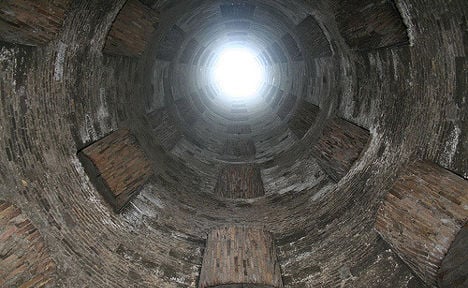
St Patrick's Well. Photo: Emilio Pocaro
Contrary to what many think about small towns, there is plenty to do. I mostly like doing nothing, but the history and culture is there if you want it, from the Torre del Moro and St Patrick’s Well, to an underground tour of medieval caves and a night at the theatre.
There are also plenty of restaurants and bars, while cultural events are held throughout the year. FYI: the wine festival takes place in early June.
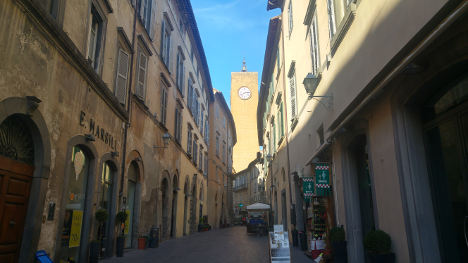
Torre del Moro, as seen from the Via del Corso.
…and lots of places to visit nearby
With only a handful of year-round residents, the mysterious Civita di Bagnoreggio, which sits precariously atop a precipice in a fairytale-like setting, tops the list of places to visit.
But Tuscany, with its cypress-tree dotted rolling hills and famous cities, is also just down the road. One of my favourite winter pastimes in Tuscany is going to a Roman terme, or spa. The nearest to Orvieto is Chiusi-Chianciano Terme, just 20 minutes away by train, while Bagno Vignoni, a beautiful hamlet with just 30 inhabitants, is a couple of hours by car.
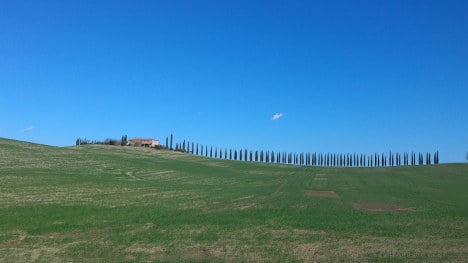
Tuscany is just down the road…
Umbria might be Italy’s only landlocked region, but the nearby lakes of Bolsena and Castiglione are the perfect places to cool off in the summer.
READ ALSO: An Italian hilltop gem: why you must visit magical Orvieto

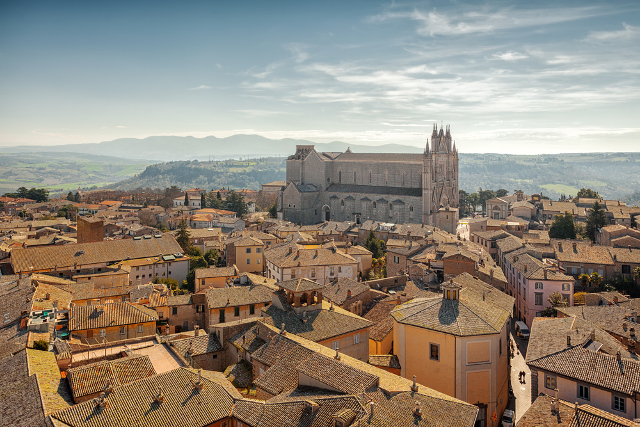

 Please whitelist us to continue reading.
Please whitelist us to continue reading.